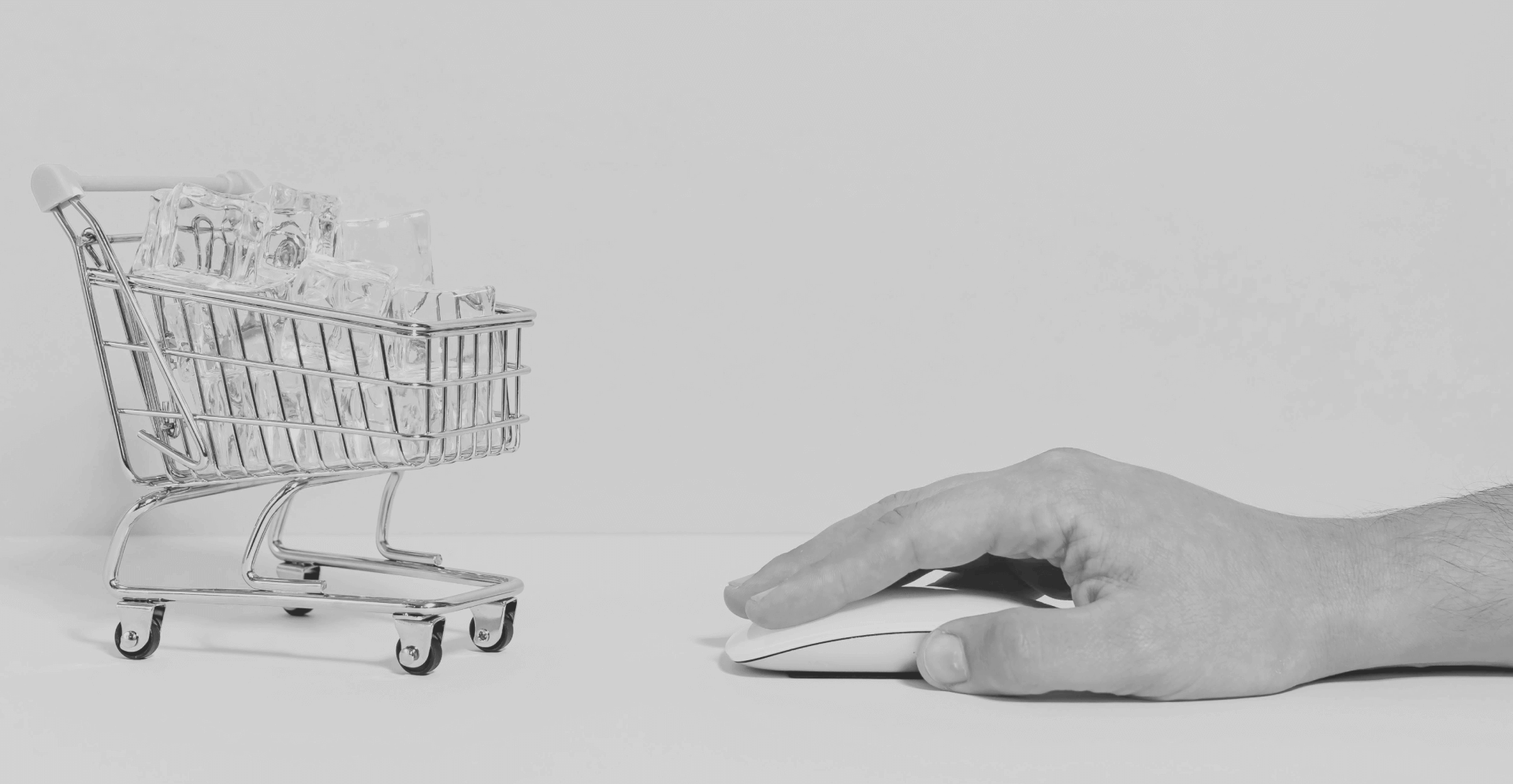Every 11 11, Billions of Yuan flow across ecommerce platforms, and rivers of goods find new homes. The date marks the Singles’ Day shopping event in China and beyond, a phenomenon that’s earned its place as the world’s largest online sales day. However, behind the allure of deep discounts and sales slogans lies a darker side to the celebrations. The eleventh of November has also become a hotspot for scams and counterfeit products, in China and beyond.

In this article, EBRAND’s Head of the Chinese Market, Sophia Lee, provides an insider’s perspective on 11 11. We will trace the event’s history and the roles of various platforms, before examining the emerging trends that shape its future. Most importantly, we will also explore how brands and consumers can maximize their opportunities, while mitigating the risks that come with the event’s staggering scale.
The evolution of 11 11: Modest promo to global shopping event
What began as a limited online promotion since transformed into the world’s largest shopping festival. Now celebrating its 15th anniversary, Double 11 has outpaced both China’s 618 festival and Western shopping events like Black Friday. The Double 11 was originally a playful nod to singlehood, as it represents four silhouettes standing together in solidarity. Today, it symbolizes a major consumer event, as platforms and brands rally to offer deep discounts and drive massive sales, and also growing up from a one-day-long event to a month-long event.
The scale of 11 11 reflects its impact on e-commerce. Giants like Tmall, JD.com, and emerging platforms fiercely compete for dominance, each seeking to capture consumer loyalty and brand exposure. The event’s size also brings challenges, as brands must stay vigilant against counterfeiting and fraud risks, navigating the complexities of this global shopping phenomenon.
Double 11’s major players: Alibaba, JD.com, and Pinduoduo
Each year, the scale of 11 11’s scale astounds business leaders and economists alike. According to Forbes, the 2023 event saw 402 brands surpass ¥100 million ($13.72 million) in gross merchandise value (GMV) each, with 38,000 brands more than doubling their GMV from the previous year. Luxury brands also capitalized on this massive consumer event, as 200 of them launched over 10,000 new or exclusive items on Tmall—many of them China-exclusive or limited editions. It’s not even the eleventh of November yet, and the cumulative sales have already exceeded 845 Billion RMB so far.
The 4 main players, each bring a unique focus to the event, carving out distinct consumer niches. Alibaba’s Tmall platform emphasizes premium goods and daily necessities, drawing international and domestic brands keen on brand visibility. JD.com, known for its logistics and efficiency, attracts consumers looking for fast delivery and tech-forward offerings. Pinduoduo, meanwhile, appeals to price-sensitive buyers, excelling in group-buying deals and in combination with its “Billions in subsidies” slogan ( 百亿补贴 ), provides a unique attractive option to the consumers. Douyin, on the other hand, as a popular social media platform, fills the gaps of “unrealized interest” in traditional ecommerce platform, rely on the algorithm to recommend gratifying products or coupons to the users.
However, these platforms each faced ups and downs. The COVID-19 pandemic initially drove record e-commerce growth, but subsequent economic challenges slowed spending. Double 11 sales growth fluctuated over time, revealing both a maturing market and changing consumer behavior. Today, shoppers increasingly value quality and affordability, often prioritizing deals over brand prestige.
But how big will Double 11 become this year? As global trends reshape consumer expectations, the future of Singles’ Day could surprise us all.
Emerging trends shaping 11 11
Double 11’s evolution reflects a remarkable transformation across the entire ecommerce landscape. What started as a small sales promotion for a few Taobao sellers has expanded to encompass major platforms like Tmall and JD.com, embedding the event within every facet of China’s ecommerce ecosystem. Now, platforms like Temu and Shein, a Singaporean player, join the fray, marking Double Eleven as a global phenomenon. These international players introduce the excitement and scale of the ecommerce event to new audiences, amplifying its reach beyond China’s borders.

Social media drives significant change during the ecommerce event, as interest-based sales gain traction among younger consumers. Brands leverage social platforms to connect with their audience through influencers, livestreams, and engaging content. This shift blurs the lines between social media and shopping, transforming 11 11 into a lively experience driven by consumer interests and online interaction.
Physical malls also join the event, promoting heavy discounts to attract shoppers into brick-and-mortar stores alongside online channels. In a post-pandemic world, this integration of online and offline shopping becomes crucial for boosting consumer spending. Some regions even see local governments issuing consumption vouchers to encourage spending, highlighting the event’s role in stimulating the economy. Together, these emerging trends show how this ecommerce event has evolved from a simple shopping day into a multi-faceted, globally recognized retail spectacle that becomes more dynamic each year.
The risks: Counterfeits and scams
As the excitement of 11 11 draws consumers in, it also creates fertile ground for counterfeit and low-quality products. Scammers capitalize on the frenzy surrounding major shopping festivals, using time-limited promotions to entice impulsive buyers. With the allure of significant discounts, shoppers rush into purchases without thoroughly checking product details, specifications, or seller credibility. This impulsive behavior makes it easy to overlook red flags, leaving consumers vulnerable to counterfeit items that fail to deliver on quality or functionality.
EUIPO reports estimate that counterfeit products account for up to 20% of all online sales in certain sectors, illustrating the vast scale of the problem. The surge in counterfeit goods endangers consumers, who may end up with subpar or unsafe products. Counterfeiting also threatens reputable brands. Targeted brands suffer damage to their reputation and their ecommerce revenue.
For more insights into the risks of counterfeiting in Chinese ecommerce markets, check out our guide on combating counterfeiting. This guide includes strategies to determine if your brand is under threat. By staying informed and proactive, brands and consumers can navigate the challenges of 11 11 with greater confidence.
Staying safe on 11 11: Trends and strategies
As each year of 11 11 progresses, brands and authorities learn hard lessons about counterfeits and scammers. Increasing awareness prompts more business leaders to fight back, especially with the support of brand protection experts.
Ecommerce platforms also intensify their efforts to protect intellectual property (IP) and safeguard consumers. They combine advanced technologies with manual screening processes to effectively combat counterfeit products. AI technology, such as image recognition and keyword filtering, helps them identify and reduce the circulation of infringing items. Additionally, manual reviews ensure they catch as many violations as possible.
Recent legislative advances in China, such as the implementation of the E-commerce Law, also go some way towards bolstering IP protection. Increasing cooperation between ecommerce platforms and regulatory authorities strengthens enforcement efforts, as industries work to turn the tide against scams and counterfeit goods.

Conclusions: Seizing opportunities and tackling scams
All in all, we’ve explored the remarkable trends, scale, and evolving threats surrounding Double 11 as it approaches its 15th anniversary. This online shopping extravaganza underscores the dynamic shifts in consumer behavior, the immense economic impact, and the relentless challenges brands face from counterfeiters and scammers. Platforms, brands, and authorities already work to protect consumers and secure revenue during ecommerce events, with ongoing efforts in awareness and legislative support.
While awareness and legislation go so far in the fight against scammers, brands often benefit from advanced tools and expert support. To see what’s out there, impersonating your business online as we await another ecommerce spree, get a free brand audit with the EBRAND experts.


